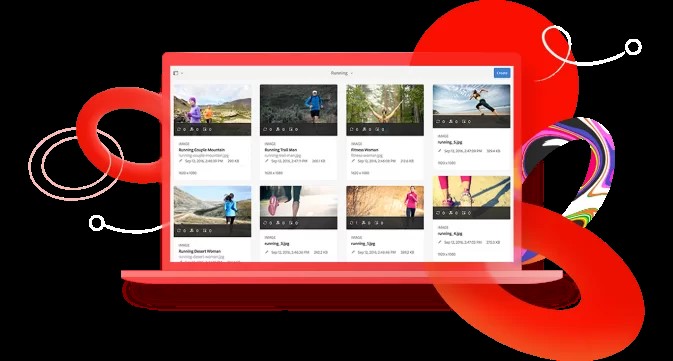In today's fast-paced digital world, managing and utilizing digital assets efficiently is crucial for any business aiming to stay competitive. Implementing a Digital Asset Management (DAM) System can revolutionize how your organization handles its digital content. From streamlining workflows to enhancing collaboration, the benefits of a DAM system are numerous. This article explores the top advantages of adopting a DAM system for your business and how it can significantly improve your content management processes.
1. Centralized Asset Storage
A robust DAM system provides a single, centralized repository for all your digital assets, including images, videos, documents, and more. This centralization not only simplifies asset management but also ensures that all team members have easy access to the most up-to-date content. No more digging through multiple folders or relying on outdated files; everything you need is readily available in one place.
2. Enhanced Collaboration and Workflow Efficiency
With a DAM system, teams can collaborate more effectively by accessing and sharing digital assets seamlessly. The system’s advanced features, such as version control and metadata tagging, ensure that everyone works with the latest version of an asset and that assets are correctly categorized for easy retrieval. This streamlined approach helps reduce duplication of work and speeds up the overall content creation process.
3. Improved Asset Retrieval and Searchability
A DAM system enhances the ability to find and retrieve digital assets quickly. Through powerful search functionalities and metadata tagging, users can easily locate specific files based on criteria such as keywords, file type, or project tags. This efficiency is especially beneficial for businesses with large volumes of digital content, where manual searching would otherwise be time-consuming and error-prone.
4. Consistent Brand Management
Maintaining brand consistency across various channels and campaigns is vital for any business. A DAM system ensures that your team uses the correct, approved assets, thereby reinforcing brand identity and messaging. By providing access to a single source of truth for brand assets, a DAM system helps prevent the use of outdated or incorrect materials, ensuring that your brand's visual and textual elements remain consistent.
5. Cost and Time Savings
Implementing a DAM system can lead to significant cost and time savings. By automating asset management processes and reducing the time spent searching for files, businesses can operate more efficiently. Furthermore, the reduction in errors and the streamlined approval workflows help minimize costly mistakes and delays, ultimately leading to a more cost-effective content management strategy.
6. Scalability and Flexibility
As your business grows, so does your collection of digital assets. A DAM system is designed to scale with your organization, accommodating increasing volumes of content without compromising performance. Whether you're expanding your asset library or adding new users, a DAM system offers the flexibility to adapt to your evolving needs.
7. Enhanced Security and Access Control
Protecting your digital assets is crucial, and a DAM system provides robust security features to safeguard your content. With customizable access controls, you can manage who has permission to view, edit, or share assets, ensuring that sensitive information is secure and only accessible to authorized personnel.
Conclusion
Implementing a Digital Asset Management System can transform your business's approach to managing digital content. From centralizing asset storage to enhancing collaboration and ensuring brand consistency, the benefits are substantial. To explore how a DAM system like Adobe Experience Manager Assets can enhance your content management strategy, visit Leads Technologies’ Adobe Experience Manager Assets page.
Blog Source URL :
https://leadstec1.blogspot.com/2024/09/top-benefits-of-implementing-digital.htm





Comments